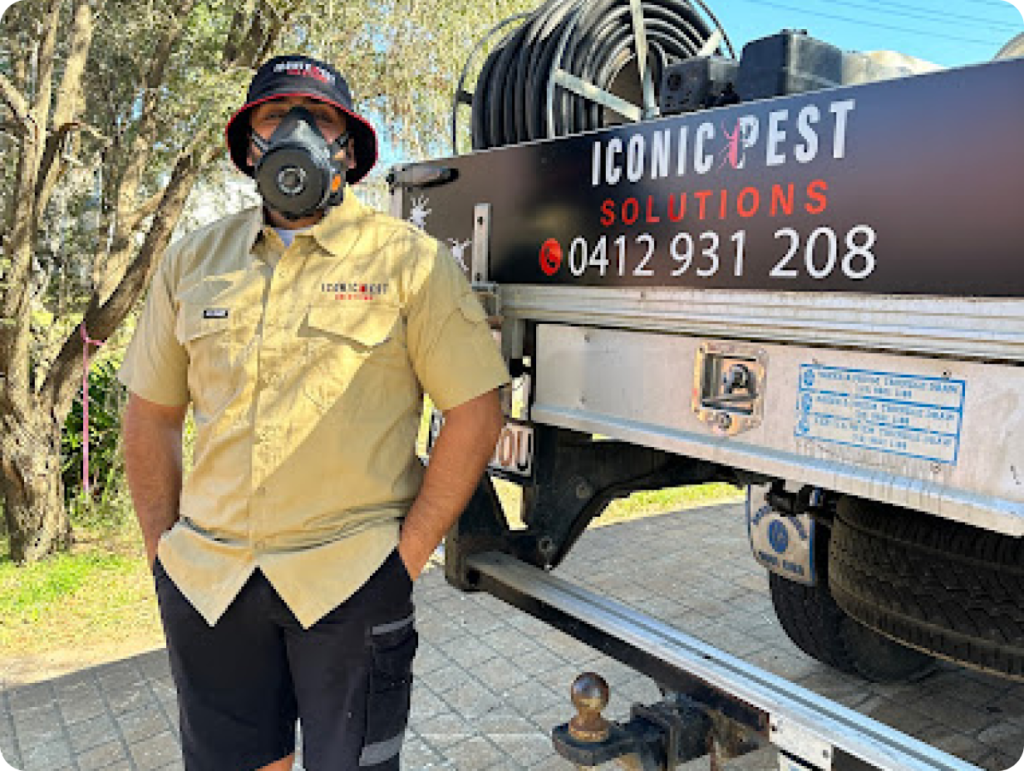How to Detect Signs of Termite Activity Before Serious Damage?
Termites can cause extensive damage to your home or business if left unchecked. Early detection is vital to avoid costly repairs. These pests feed on wood and other plant-based materials, often working unnoticed. Subterranean termites, for example, build mud tubes and can cause significant harm if not addressed quickly.Look out for signs such as hollow-sounding wood, blistering paint, discarded wings, or frass near wooden structures. Preventive measures like fixing leaks, removing wood debris, and ensuring proper ventilation can reduce the risk of an infestation. Regular inspections by licensed pest control professionals are key to detecting hidden termite activity before it escalates.Don’t wait for visible damage—taking early action can save you from major expenses. Read our full guide to learn more about identifying, preventing, and addressing termite infestations effectively.
How to Detect and Prevent Termite Infestations Early
Early detection of termite infestations can save your home or business from costly structural harm. Staying alert, examining potential danger zones, and taking preventive actions can greatly lower the likelihood of termite damage. The best action is to contact a professional pest control service when you suspect termites are present. Regular inspections and proactive steps can help keep these destructive pests at bay. In this comprehensive guide, we’ll outline the key signs of termite activity, where to look for them, and the actions you should take if you suspect a termite infestation.
#1 Pest Control Company in Sydney
At Iconic Pest Solutions, we build lasting relationships through exceptional
service at competitive prices.
Understanding Termites and Their Behaviour
Why Early Detection Matters
Key Signs of Termite Activity
Mud Tubes
Hollow-Sounding Wood
Discarded Wings
Blistering or Peeling Paint
As termites make long tunnels in wood, moisture is trapped there below the surface, causing paint to form bubbles, blisters, or even peel off. While this is often mistaken for water damage, it could be a sign of termite infestation.
Frass (Termite Droppings)
Frass is small, pellet-like, and similar to the wood colour and is left behind by drywood termites. These pellets are usually found under the infested wood and also in small piles near wooden structures.
Tight-fitting Doors and Windows
Squeaky or Warped Floorboards
Common Areas to Inspect for Termites
Foundations and Crawl Spaces
Roof Spaces and Attics
Garden Beds and Mulch
Decks and Fences
Preventative Measures to Avoid Termites
Preventing a termite infestation starts with creating an environment that is less attractive to these pests. Here are some effective strategies:
Reduce Moisture: Termites are drawn to moisture. Fix leaking pipes, maintain proper drainage, and ensure gutters and downpipes are clear to reduce water accumulation around your property.
Remove Wood Debris: Store firewood and timber off the ground and away from your home. Remove tree stumps, fallen branches, and other wood debris from your yard.
Use Termite Barrier: Physical and chemical termite barriers can be installed around your property to deter termites from entering. These should be installed by a professional pest control service.
Ventilation: Ensure proper ventilation in crawl spaces and attics to keep these areas dry and less hospitable to termites.
Regular Inspections: Annual professional inspections are one of the best ways to catch termite activity early. Licensed pest control technicians have the tools and expertise to identify hidden infestations.
What to Do If You Suspect Termite Activity
Avoid Disturbance
Call a Professional
Contact a licensed pest control provider immediately. They will conduct a thorough inspection and recommend the most effective treatment plan.
Implement Treatment
Treatment options may include chemical soil treatments, baiting systems, or fumigation, depending on the severity of the infestation. Follow your pest control provider’s advice to ensure the issue is resolved.
Monitor the Area
#1 Pest Control Company in Sydney
At Iconic Pest Solutions, we build lasting relationships through exceptional
service at competitive prices.
Conclusion
Detecting signs of termite activity at an early stage is essential to maintaining the durability of your home and protecting your business from unnecessary expenses caused by structural damage. By staying vigilant, identifying potential sites of termite activity, and taking appropriate measures, you can significantly reduce the risk of infestations. If you suspect termites, act quickly by engaging a professional pest control service. Regular inspections and a proactive approach to prevention can safeguard your property and keep it free from these destructive pests.
